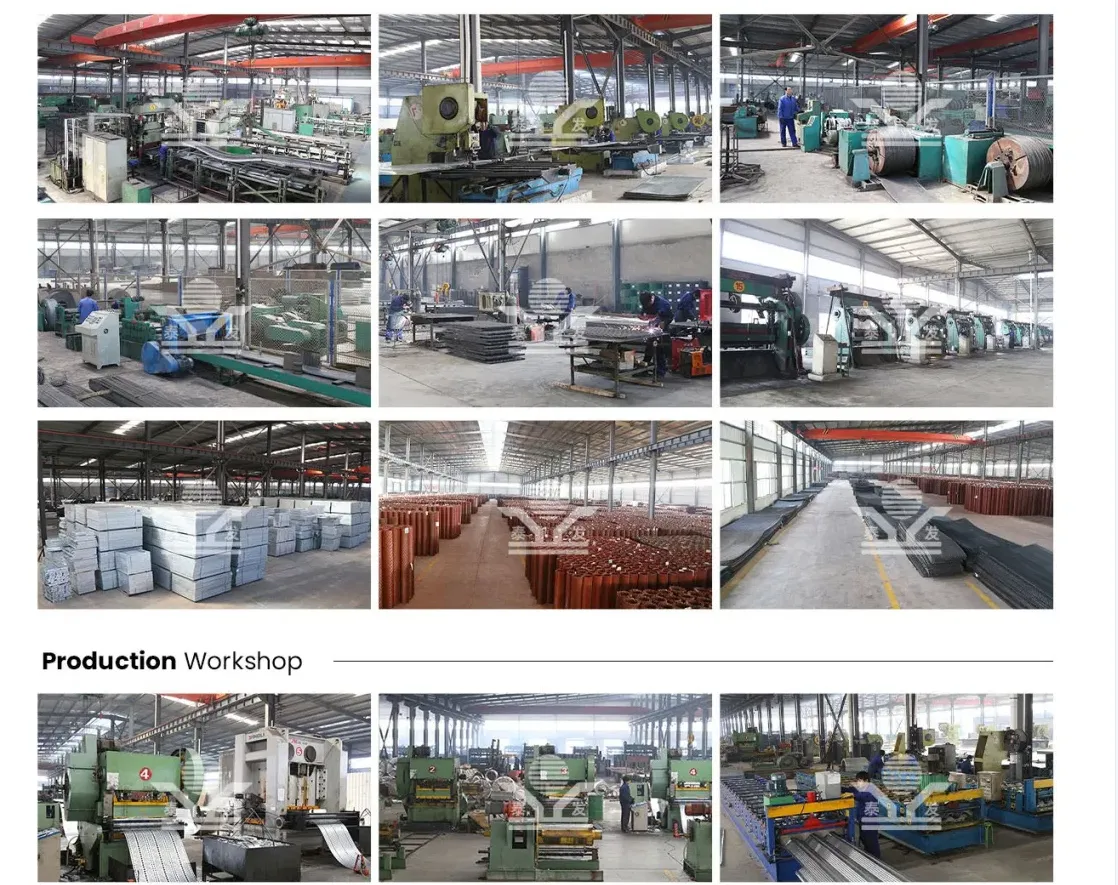Understanding Anti-Climb Chain Link Fences Features and Benefits
In an era where security is paramount, the demand for effective fencing solutions has surged. Among the most trusted options is the anti-climb chain link fence. Designed specifically to deter unauthorized access, this type of fencing combines durability, visibility, and practicality, making it an ideal choice for various settings, from residential properties to industrial sites.
The core purpose of an anti-climb chain link fence is to enhance security. Traditional fences, while providing some level of protection, may not be sufficient to deter determined intruders. The anti-climb feature introduces standard characteristics that significantly increase its effectiveness. Typically, these fences are constructed with tightly woven wire, making it exceedingly difficult for individuals to find footholds or grips to climb over. The height of the fence is also a crucial factor; most anti-climb options are at least 8 feet tall, discouraging attempts to scale them.
Understanding Anti-Climb Chain Link Fences Features and Benefits
Aside from security, visibility is another significant advantage of chain link fences. Unlike solid wood or vinyl fences, which can create blind spots, chain link fences offer clear sight lines. This transparency enables property owners to monitor activity on their premises and helps law enforcement keep an eye on potential threats. When placed in strategic locations, anti-climb chain link fences not only secure an area but also enhance overall safety by ensuring that individuals can see potential dangers from afar.
anti climb chain link fence

The material used in anti-climb chain link fences is another aspect that contributes to their popularity. Typically made from galvanized steel, these fences are resistant to rust and corrosion, making them a long-lasting option in various weather conditions. Additionally, many manufacturers offer vinyl-coated finishes, which not only add an aesthetic appeal but also provide extra protection against environmental elements. This durability means that property owners will not have to invest continuously in repairs or replacement, making it a cost-effective solution in the long run.
Maintenance of an anti-climb chain link fence is relatively straightforward. Regular inspections to ensure the integrity of the wire and posts can help address potential issues before they escalate. Cleaning the surface of the fence occasionally can also prevent rust buildup, particularly in regions with high humidity. With minimal upkeep, property owners can enjoy peace of mind knowing their investment is secure and functional.
Installation of an anti-climb chain link fence is a practical task for experienced DIY enthusiasts, though hiring professionals is advisable for optimal results. Proper installation is crucial to ensure the fence remains strong and effective. Factors such as the type of ground, surrounding environment, and specific security needs should all be taken into account when planning the installation.
Lastly, the versatility of anti-climb chain link fences makes them suitable for numerous applications. From airports and military bases to residential yards and commercial properties, their adaptability ensures they can fit into any context. Furthermore, these fences can be customized in various heights, colors, and finishes to match specific design preferences while still maintaining their security capabilities.
In conclusion, anti-climb chain link fences offer an effective solution for those seeking enhanced security. Their innovative design, combined with durability and low maintenance requirements, makes them a top choice for property owners everywhere. As safety continues to be a pressing concern in our communities, investing in anti-climb chain link fencing can provide the peace of mind that comes with knowing your property is well protected. Whether for personal use or to safeguard valuable assets, this fencing solution stands out as both functional and reliable.
-
Why Galvanized Trench Cover Steel Grating Resists Corrosion
NewsJul.10,2025
-
The Versatility and Strength of Stainless Expanded Metal Mesh
NewsJul.10,2025
-
Load Calculations in Steel Grating Platforms
NewsJul.10,2025
-
Keeping Pets and Kids Safe with Chicken Wire Deck Railing
NewsJul.10,2025
-
Hole Diameter and Pitch for Round Perforated Metal Sheets
NewsJul.10,2025
-
Aluminium Diamond Mesh in Modern Architecture
NewsJul.10,2025
Subscribe now!
Stay up to date with the latest on Fry Steeland industry news.

